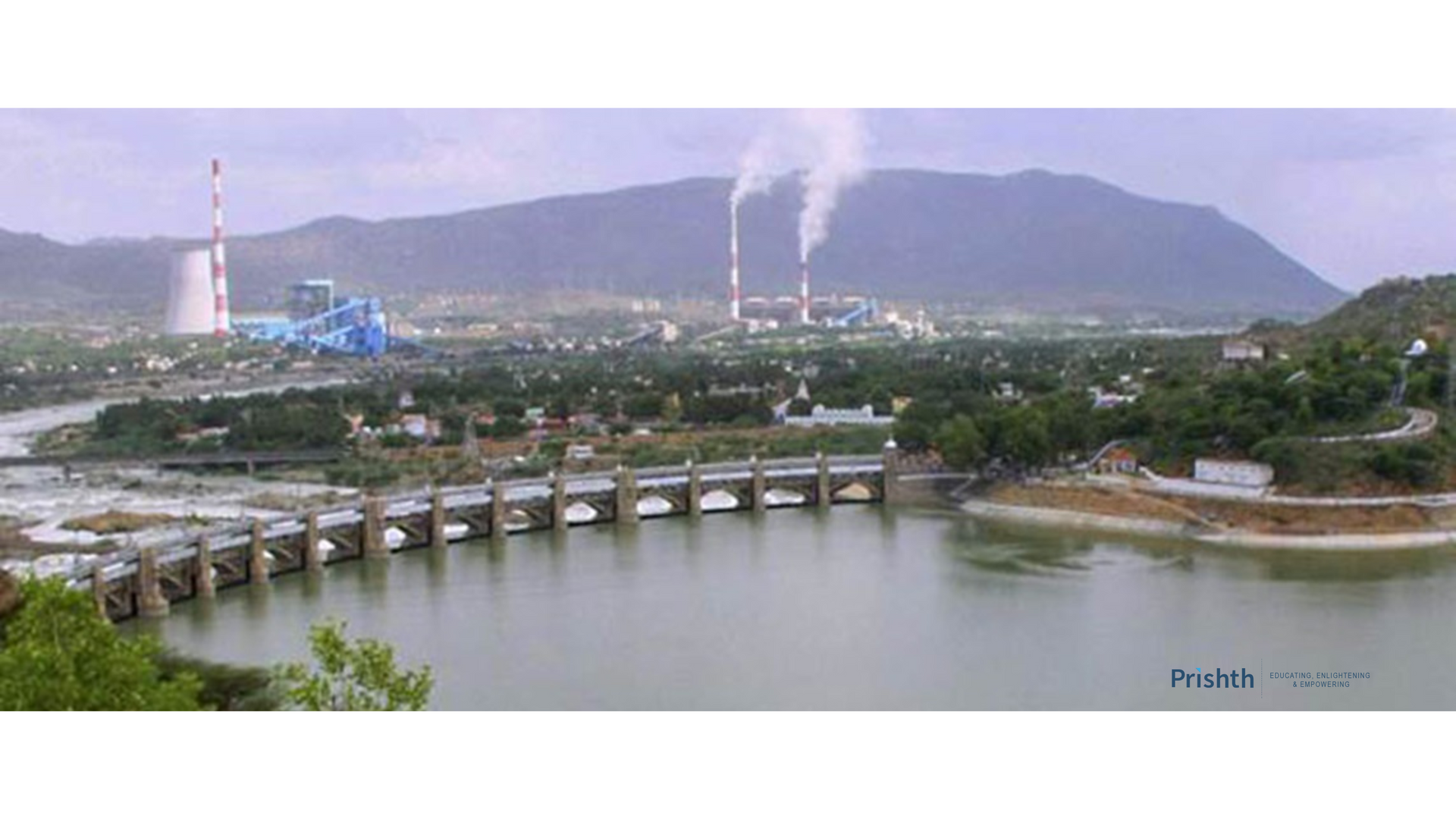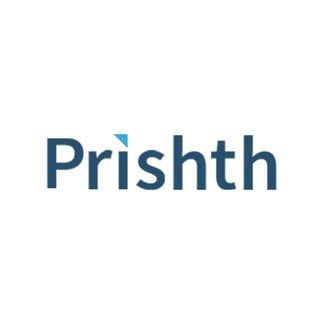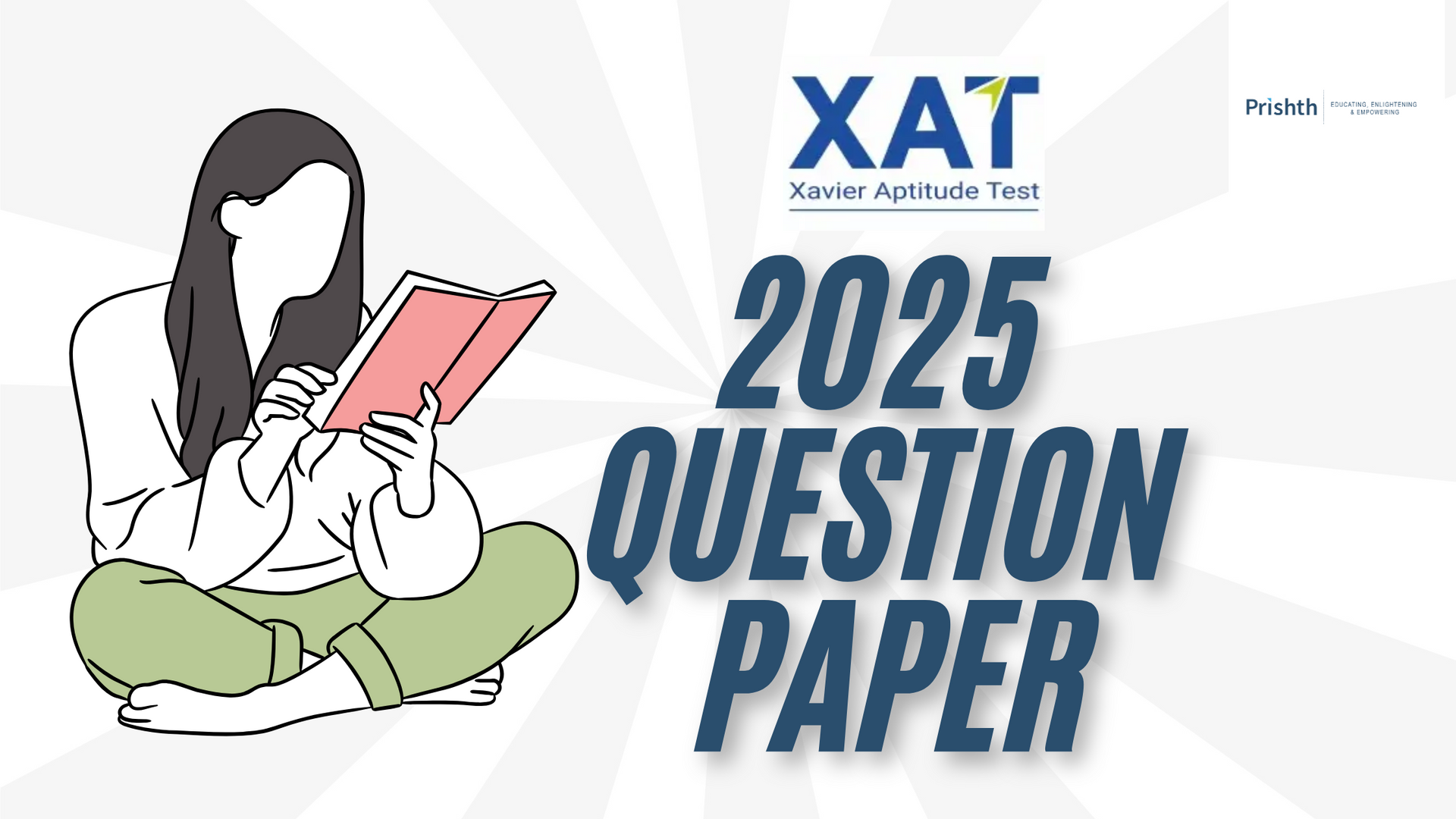Rethinking Agriculture: How IoT and Precision Farming are changing the Game.
By Prishth || January 20, 2023, 19:36 IST

IoT (Internet of Things) and precision farming are revolutionizing the way we think about agriculture. IoT refers to the network of physical devices, vehicles, buildings, and other items embedded with electronics, software, sensors, and connectivity which enables these objects to connect and exchange data. Precision farming, on the other hand, is a method of farming that uses technology to optimize crop yields, reduce costs and minimize environmental impact. By combining IoT and precision farming, farmers can make more informed decisions, increase efficiency and improve crop yields.
In this blog post, we will take a deeper look at the challenges facing traditional agriculture, the technology behind precision farming, case studies of precision farming in action, the future of precision farming and IoT in agriculture, and the conclusion and call to action.
The challenges facing traditional agriculture and how precision farming addresses them:
- Labor shortage: With the population moving towards urban areas, there is a shortage of labor in rural areas, making it difficult for farmers to maintain their farms and harvest crops. Precision farming addresses this challenge by automating tasks such as planting, harvesting, and monitoring crop conditions, reducing the need for manual labor.
- Increasing costs: Traditional farming methods can be costly, with high expenses for labor, fertilizer, and equipment. Precision farming addresses this challenge by reducing costs through the use of sensors and drones to monitor crop conditions, precision irrigation systems to save water and energy, and automated equipment to reduce labor costs.
- Climate change:
Climate change is causing extreme weather conditions and unpredictable seasons, making it difficult for farmers to plan and manage their farms. Precision farming addresses this challenge by providing farmers with real-time data on crop conditions, allowing them to make more informed decisions and adapt to changing weather patterns.
- Environmental impact: Traditional farming methods can have a negative impact on the environment, such as overuse of chemicals and water. Precision farming addresses this challenge by minimizing environmental impact through the use of precision irrigation systems, precision nutrient management and precision pest management.
- Low productivity: Traditional agriculture methods are less productive than precision agriculture, with fewer yields and higher production costs. Precision agriculture addresses this challenge by using technology to optimize crop yields, reduce costs and minimize environmental impact.
Technology behind Precision Farming:
Sensors: Sensors are used to collect data on various environmental factors such as temperature, soil moisture, and crop health. This data is used to optimize crop growth and make more informed decisions. Some examples of sensors used in precision farming include:
- Soil moisture sensors: These measure the water content of soil and help to optimize irrigation schedules.
- Temperature sensors: These measure the temperature of the air and soil, providing farmers with information about the microclimate of the farm.
- Crop sensors: These measure the growth and health of crops, providing farmers with information about the crop's growth rate and condition.
Drones: Drones can be used to survey large areas of land, providing farmers with detailed information on crop health and potential issues. Drones can be
equipped with cameras, sensors, and other equipment to collect data on crop growth and health, soil moisture, and other factors.
Precision Irrigation Systems:
These systems use IoT technology to optimize water usage and reduce waste. They use sensors to monitor soil moisture levels and weather patterns to determine when and how much to water the crops. This allows farmers to use water more efficiently and reduce costs.
Autonomous Equipment: Autonomous equipment such as tractors and harvesters can be programmed to perform specific tasks such as planting, harvesting, and monitoring crop conditions. This reduces the need for manual labor and increases efficiency.
Data analysis tools: Precision farming generates a lot of data, and data analysis tools are used to process and interpret this data. These tools use machine learning and artificial intelligence to help farmers make more informed decisions and optimize crop yields.
Overall, these technologies work together to provide farmers with detailed information about their crops, the environment, and other factors that affect crop growth. By using this information to make more informed decisions, farmers can optimize crop yields, reduce costs and minimize environmental impact.
Case Studies of Precision Farming in Action:
The following are examples of case studies where precision farming has been implemented and resulted in significant benefits for farmers.
- In Iowa, a farmer used precision farming techniques such as variable rate planting and precision nutrient management to increase crop yields by 15-20%. They also reduced fertilizer usage by 30%, resulting in cost savings and reduced environmental impact.
- In California, a vineyard implemented precision irrigation techniques such as sensor-controlled drip irrigation and weather monitoring to save water and improve vine health. This led to a 20% increase in grape quality and a 15% reduction in water usage.
- In Australia, a cotton farm utilized precision farming tools such as yield mapping and variable rate application of pesticides to increase crop yields by 30% and reduce pesticide usage by 40%.
- In Spain, a precision farming program helped farmers to increase crop yields by 15-25%, reduce water usage by 20-30%, and lower labor costs by 30-40%.
- In the UK, a precision farming trial on a potato farm used data from drones and sensors to optimize planting and fertilization, resulting in a 30% increase in yield and a 15% reduction in fertilizer usage.
Learn About IoT.
The Future of Precision Farming and IoT in Agriculture:
The future of precision farming and IoT in agriculture is bright, with many potential advancements on the horizon. Some of the key areas of focus for future developments include:
- Artificial Intelligence and Machine Learning:
By using AI and machine learning, precision farming systems will be able to process and analyze large amounts of data more efficiently, providing farmers with even more accurate and actionable information. This will allow farmers to optimize crop yields, reduce costs, and minimize environmental impact.
- Robotics:
Robotics will play an increasingly important role in precision farming. Autonomous equipment such as tractors, harvesters, and drones will be more widely used for tasks such as planting, harvesting, and monitoring crop conditions. This will further increase efficiency and reduce labor costs.
- Smart Greenhouses:
Smart greenhouses that use IoT technology to optimize temperature, humidity, and lighting will become more prevalent. This will allow farmers to grow crops in controlled environments, reducing the impact of weather conditions on crop yields.
- Vertical Farming:
Vertical farming will become more popular, as it allows farmers to grow crops in multi-level buildings, using a small footprint. This will be particularly useful in urban areas where land is scarce, and it can also reduce the environmental impact of farming.
- Blockchain:
Blockchain technology will be used to improve supply chain transparency, traceability and security. This will allow farmers, processors and retailers to share information about the origin, quality, and sustainability of products, which can improve food safety, reduce costs and increase consumer trust.
Overall, precision farming and IoT in agriculture are expected to continue to evolve and improve, providing farmers with more accurate, actionable information to optimize crop yields, reduce costs, and minimize environmental impact. It is important to keep an eye on the challenges and work on them to ensure the sustainable and profitable future for agriculture.
Conclusion and Call to Action:
Precision farming and IoT have the potential to revolutionize the way we think about agriculture by providing farmers with more accurate, actionable information to optimize crop yields, reduce costs, and minimize environmental impact. By using sensors, drones, and precision irrigation systems, farmers can collect data on crop conditions, weather patterns, and other factors that affect crop growth. This data can then be analyzed using AI and machine learning to make more informed decisions about planting, harvesting, and managing crops.
Adopting precision farming technologies can increase efficiency in various ways. For example, precision irrigation systems can save water and energy by only watering the plants that need it, reducing labor costs by automating tasks, and providing farmers with real-time data on crop conditions. Autonomous equipment such as tractors and harvesters can be programmed to perform specific tasks such as planting, harvesting, and monitoring crop conditions, further increasing efficiency and reducing labor costs.
In addition to increasing efficiency, precision farming can also improve crop yields. By using technology to monitor crop conditions and make more informed decisions, farmers can optimize crop growth and improve their productivity. This can lead to higher yields and better crop quality, which can increase profitability.
By reducing costs, increasing efficiency and improving crop yields, precision farming can help ensure a sustainable and profitable future for agriculture. Industry leaders and farmers should consider investing in these technologies to stay competitive in the industry, and to help ensure a sustainable and profitable future for agriculture. It also can help farmers to adapt to the changing weather patterns and climate change, reducing the risk of crop failure and financial losses.
Most Trending Blogs













